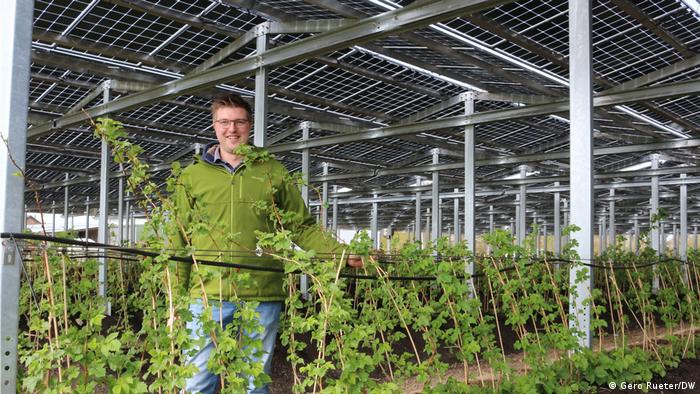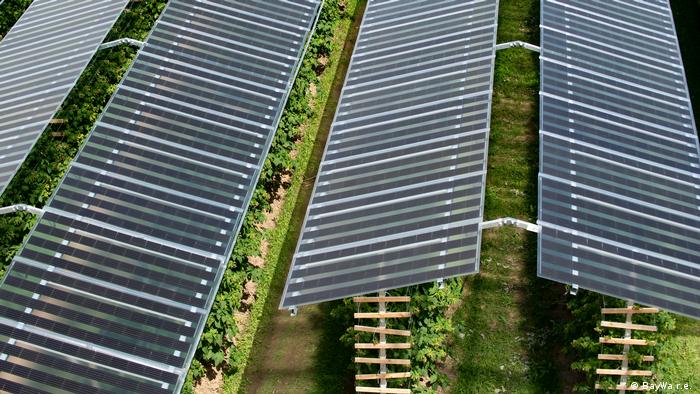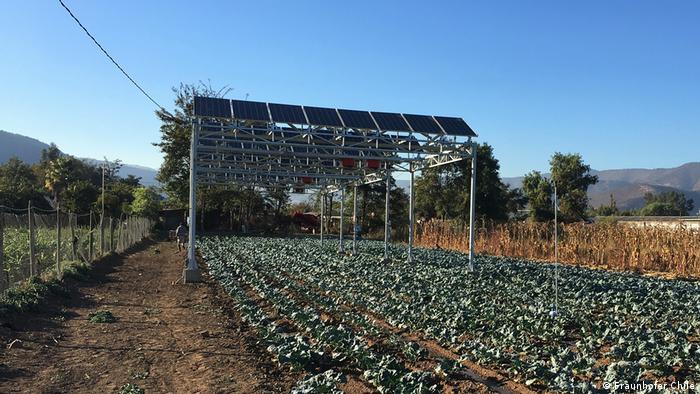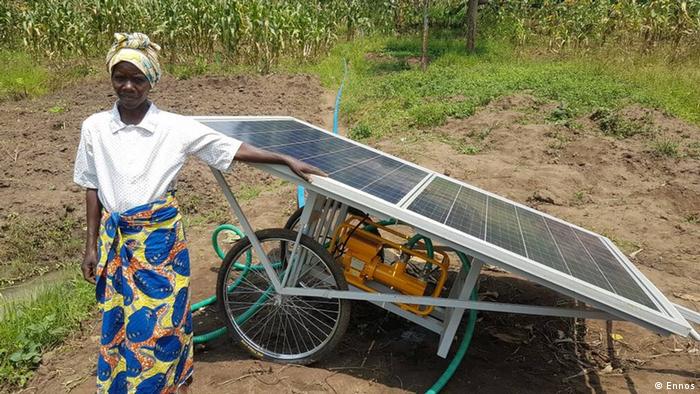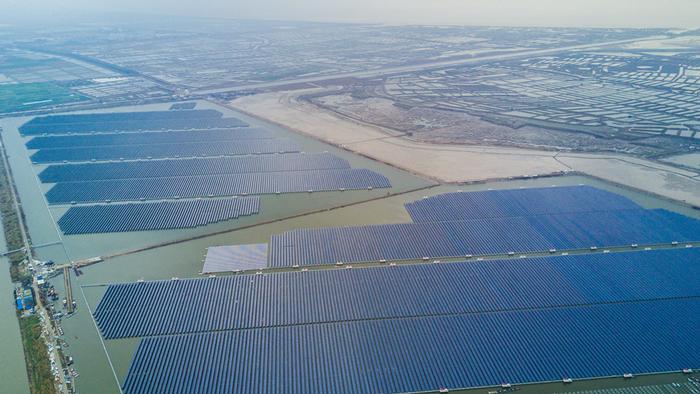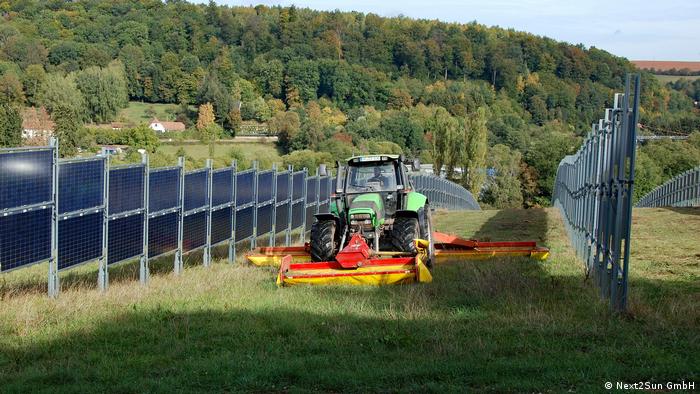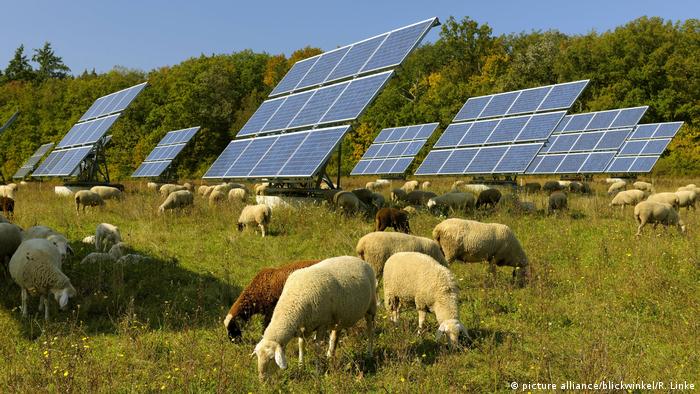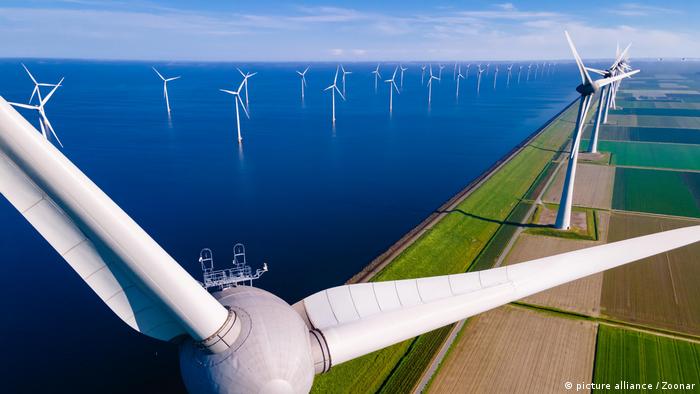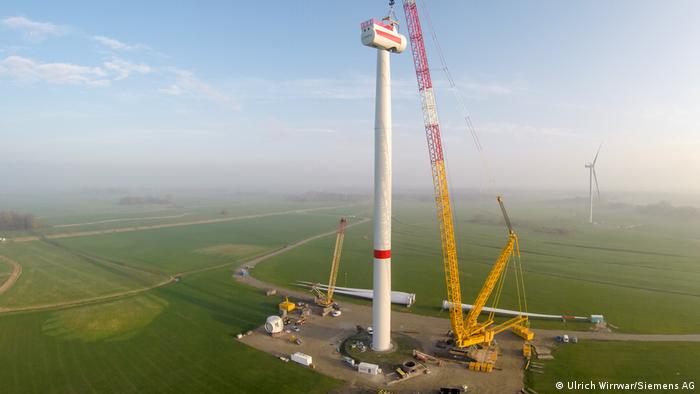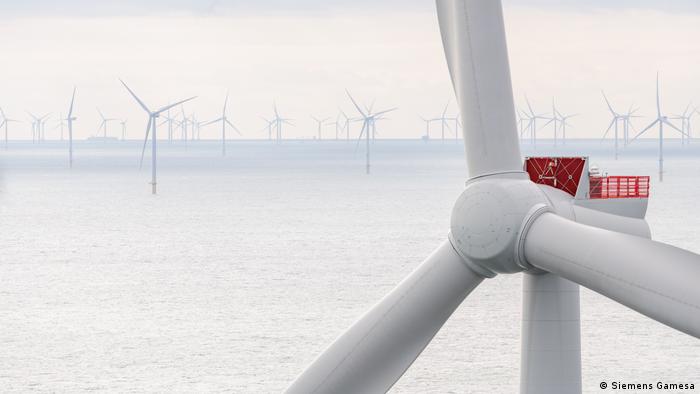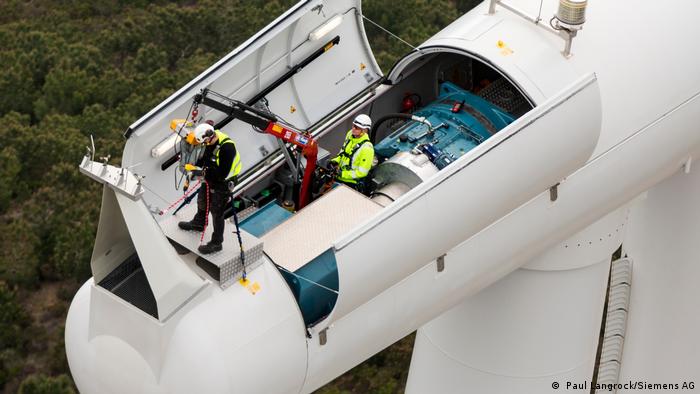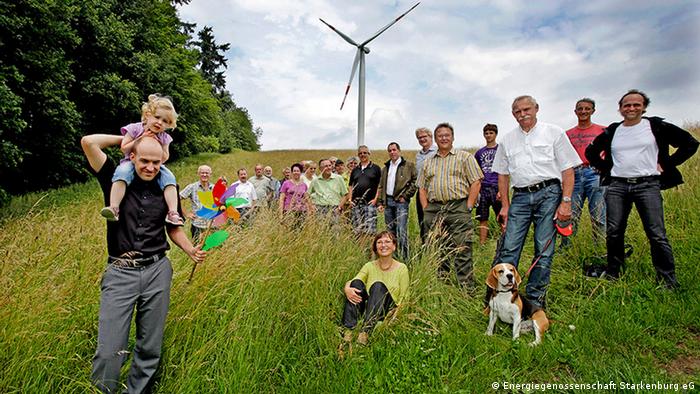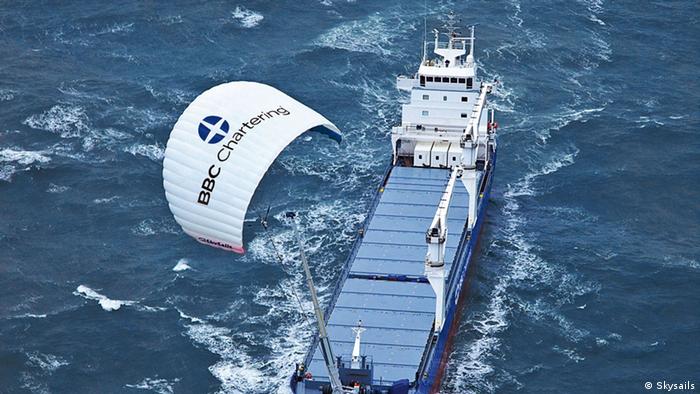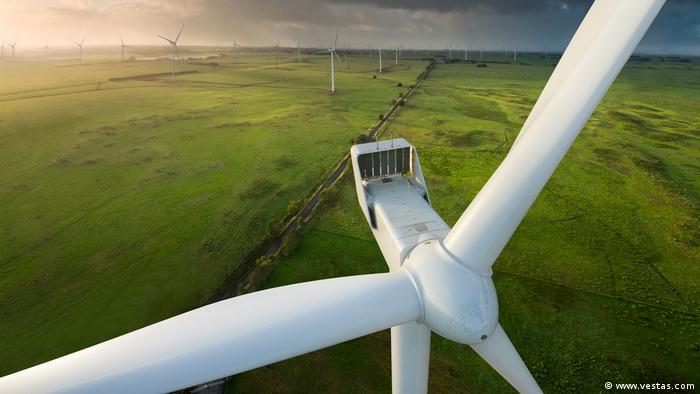Europe has been pushing nuclear and gas as an integral part of the energy transition away from carbon-heavy fossil fuels such as oil and gas. Since Russia invaded Ukraine, Europe has felt a sudden urge to be independent, especially through renewables.
Germany’s Finance Minister Christian Lindner, of the pro-business FDP, now calls renewables “freedom energies,” while Chancellor Olaf Scholz labels them “crucial for our security.”
Scholz stated that “the faster we push for the expansion of renewable energys, the better,” a few days later.
Germany is dependent on Russia for its oil and at most 32% of its gas. According to some estimates, $700 million (780,000,000 euro) of oil imports are required daily.
The Stand with Ukraine coalition (which includes hundreds of organizations around the world, including environmental groups Greenpeace & 350.org) also calls for a ban. It has also called for a global ban on fossil fuel production.
The coalition stated that Putin had deliberately weaponized fossil gas to increase his energy dominance over Europe. It published a letter Friday calling for an end to global fossil fuel addiction. They stated that Putin used oil and gas to fuel terror and escalate violence, which underlines the role of the fossil fuel system in driving conflict.
The coalition recognizes that 40% of Russia’s federal budget is made from oil and gas, which also account for 60% of Russian exports. Therefore, it calls for “bold actions towards radical decarbonization of our societies.”
The Monday release of the damning IPCC climate report was a further incentive to move forward with clean energy transition.
But do we have what it takes to speed up this expansion?
Diversification or decarbonization
The question of energy independence is still divided into two camps: should self sufficiency come from other local or “friendly” gas or nuclear sources, meaning diversification, or should it be achieved through more ambitious energy independence via local clean energy sources such as wind or solar, which is to call decarbonization.
This split was evident in the International Energy Agency’s detailed 10-point planThe EU’s dependence on Russian natural gas will be reduced by next winter, according to a Thursday release.
While the plan focuses partly on decarbonization through great renewable uptake, it also demands greater gas diversification and proposes temporarily delaying the shutdown of five nuclear reactors in Europe.
“In the short-term, the only real option is to diversify,” said David Victor, a professor of innovation and public policy at the School of Global Policy and Strategy at the University of California San Diego.
He believes that renewables can scale up in the medium-term, especially offshore wind. However, he warns that political resistance to large wind farms will limit their expansion in the immediate future.
“I don’t see governments realistically removing those obstacles,” he explained, due the considerable public backlash.
Carbon Tracker, a UK-based climate thinktank believes Europe can limit its dependence upon Russian gas by diversifying into local fossil fuel sources and importing natural gas (also known as LNG) from the US. This argument is neither realistic nor economically feasible.
According to a Carbon Tracker blog, the initial problem is the lengthy lead time required to build new gas terminals or mines. This means that immediate price pressures won’t be resolved. As part of existing decarbonization strategies, existing solar and/or wind energy resources can be quickly scaled-up. This can be done more economically due to a sharp drop in renewable energy prices.
Jonathan Sims, senior analyst for power & utilities at Carbon Tracker, stated that “renewables are already less expensive investments than existing gas capacities.” Variable wind and solar energy production will be easier because battery storage costs are expected to be more affordable by 2030.
Ketan Joshi, a climate science communicator and author based in Oslo, said that we already have “strong understanding about how to integrate solar and wind into complex, interconnected grids systems.” He also stated that it is “certainly technically as well as economically feasible.”
Changing minds and regulations
Victor is also cautioned that “the roadblocks” will be political and socio-economic, including the ability to get “communities and areas that host the new technology” to embrace the change.
Sims sees the “numerous obstacles” to a more ambitious decarbonization drive “policy-related” and not “economic or technical.”
One stumbling block is very lengthy regulatory approval processes for wind and solar projects which in Italy, for example, are as long as seven years, according to Sims, leaving the country well short of clean energy capacity required to meet climate goals.
This can cause governments to favor single “larger new build gas projects” as they are easier to approve than multiple “smaller solar or wind farms.”
Sims said that many EU member states are seeking to simplify or relax planning and regulatory processes in order to “accelerate low-carbon capacity deployment rates.” This trend will likely accelerate due to the current crisis.
-
Double harvest: Solar panels on farms
Harvesting electricity and berries
Fabian Karthaus was one of the first German farmers to plant blueberries and raspberries under photovoltaic cells. His solar field, located in northern Germany near Paderborn, is 0.4 hectares (about an acre). He would like to increase it to 10. He could then produce enough electricity to power approximately 4,000 households and more berries to sell at supermarkets.
-
Double harvest: Solar panels on farms
Glass panels are better than plastic roofs
Many farmers have been growing delicate fruits and vegetables in plastic film for many years. Plastic film can only last for a few years and can produce a lot more plastic waste than it is worth. This is why more farmers in the Netherlands are now planting under glass panels like this one in Groenleven. These panels protect the harvests and last at least 30 years. You also get additional income from electricity sales.
-
Double harvest: Solar panels on farms
China promotes agrivoltaics
China is expanding its photovoltaics industry and has been relying on it for many years. This plant is located in northern China’s Hebei province. It covers more than 10 hectares. Below, there is grain. The solar modules can be manufactured in the vicinity. This creates employment and helps to fight poverty.
-
Double harvest: Solar panels on farms
Deserts made more fertile
The Chinese Gobi Desert is home to some of the most impressive solar parks in the world. There are plenty of spaces. Some places even have crops grown under the modules. This helps to stop desertification, and allows soils become arable again.
-
Double harvest: Solar panels on farms
Shade against the heat
This solar roof is located in a field in Chile, near Santiago. It is one of the earliest agri-PV systems. To test the system’s effectiveness, researchers are using cauliflower and broccoli. The region is very sunlit and has been experiencing declining rainfall and an increase in drought. Initial experiences with solar shading in this field were positive.
-
Double harvest: Solar panels on farms
Water from the sun
A mobile solar water pump is helping this Rwandan farmer make extra money. She connects her panel with other farmers’ fields, and then irrigates them using nearby water sources. There is a lot of potential for solar modules in agriculture across Africa.
-
Double harvest: Solar panels on farms
Fish farm with solar harvest
This unique arrangement is located in eastern China 150 kilometers south from Shanghai. This lake has solar panels floating on pontoons. Below that is a fish farming. The panels were placed to ensure that fish get enough sunlight. The panels cover 300 hectares. They produce electricity for 100,000 households.
-
Double harvest: Solar panels on farms
An alternative perspective
Solar panels can be placed vertically in a field to receive sunlight from both sides. These structures can produce twice as much electricity as roof systems in Germany. These “solar fencing” also provide wind protection and ample space for harvesting equipment.
-
Double harvest: Solar panels on farms
Landscaping
Global arable land use is approximately 4% due to the cultivation of corn, wheat, and sugarcane for biogas or biofuel. Solar modules could generate the equivalent energy for a fraction of the current arable land. It would also be much cheaper than the current method.
Author: Gero Rueter
Electric heating to ignite the energy transition
Germany is home to around 25% of the greenhouse gas emissions due to buildings’ fossil-based energy consumption, especially heating.
So to both minimize Russian fossil fuel dependence and mitigate climate change, German environmental think tank the Wuppertal Institute this week released a study, commissioned by Greenpeace, that shows how heating can be completely run on renewable energies by 2035.
The key technology would consist of electric heat pumps powered by renewables that would replace oil and gas systems often fed with Russian fossil fuels.
The Institute said in a statement that “A smart strategy focused upon increasing efficiency, expanding renewables, and reducing supply risks not only reduces supply risk.” Statement. It stated that the transition would be “highly economic attractive for households and businesses as well as public institutions.”
Bill McKibben, an environmental activist and author, believes that Europe could have heat pumps in greater numbers. “President Biden should immediately invoke the Defense Production Act to get American manufacturers to start producing electric heat pumps in quantity, so we can ship them to Europe where they can be installed in time to dramatically lessen Putins power,” he Write This week.
While David Victor insists that in the short-term, diversified gas sources, including imported LNG delivered on floating terminals, will be necessary if the EU is to quickly ween off Russian hydrocarbons, Jonathan Sims suggests that decarbonization can also be aggressively pursued.
Although gas “played an important role” in the initial transition to coal-fired power, it must not be sustained as it will require large-scale infrastructure investments that will not yield returns.
He stated that building a power grid around “lower cost, lower risk renewables” will allow us to “eventually become self-sufficient with our energy supplies,” and that this approach will accelerate our progress towards net zero emission targets.
Edited by Tamsin Walker
-
The future of wind power
There was a time when it was different
Since ancient times, wind power has been utilized. It pumps water, grinds grains, saws wood, and transports sailing ships to their destinations. In Europe, wind turbines were numbering in the hundreds of thousands by the end of 19 century. They were mainly used by the Dutch to drain marshes. Wind power generates clean electricity today and is crucial to meeting climate goals.
-
The future of wind power
Wind beats coal
Wind turbines often produce the cheapest electricity. Today, electricity from a new nuclear power plant or coal mine costs up to three times as much. Wind power produced on land is especially cheap. According to forecasts, wind power will be cheaper than ever, at 0.03 ($0.04) per unit of kilowatt hours (kWh) in good wind locations by 2030.
-
The future of wind power
20 times more electricity
A large wind turbine located near Wilhelmshaven, northern Germany, generates 6,000 kilowatts and provides enough electricity for 10,000 households. Older models from 25 years ago only generated 500 kilowatts, enough to provide electricity for 500 people. Modern turbines can reach up to 180 meters in the sky. The higher they are, the more wind they capture.
-
The future of wind power
Giants in the ocean
The wind is strong and reliable at sea. Offshore parks such as this one off the Dutch coast account for about 5% of the world’s wind power. These turbines have a maximum output of 10,000 kilowatts. Their capacity will increase to 15,000 kilowatts by 2025 and provide electricity to more than 40,000 people.
-
The future of wind power
China leads the way
China currently hosts half of all the new wind turbines in the world. China built 52 gigawatts of new wind turbines in 2020. This is equivalent to 50 nuclear power stations. Germany and Denmark are the leaders in wind expansion. Denmark covers approximately 50% of its electricity needs using wind power, while Germany only manages 25%.
-
The future of wind power
More jobs with wind power
Around 1.3 million people work within the wind industry in all parts of the world. Around 550,000 are located in China, 110,000 in America, 90,000 in Germany and 45,000 in India. There are also 40,000 in Brazil. Wind turbines are more expensive than coal-fired power so more people are looking for work.
-
The future of wind power
Citizens want to make money
Wind power is often opposed in densely populated areas. This can change if citizens become involved in local projects. Many residents in Starkenburg, Germany, are supportive of the expansion of wind power. They invest in new turbines and make money from the sale of electricity.
-
The future of wind power
Sails save diesel
Sailing ships used to transport freight around the globe, but diesel engines replaced them. Modern sails are now back in play. Additional wind propulsion can reduce freighter energy consumption by up to 30%. Green hydrogen will be an option for ships in the future.
-
The future of wind power
Floating wind farm
There is plenty of space in the ocean for wind power. However, in many areas the water is too high to allow for a foundation in seabed. Floating turbines mounted on buoys offer an alternative. They are attached to the seabed using long chains. Floating wind farm systems are already in place in Japan and Europe.
-
The future of wind power
Wind power for your home
The 147-meter tall Strata SE1 skyscraper in London, England is a striking sight with its futuristic wind turbines. These rooftop installations are often not economically viable because the wind in cities tends to be too weak. Photovoltaics on roofs are almost always more efficient.
-
The future of wind power
Most environmentally-friendly energy
Wind turbines can generate the energy needed to build them within 3 to 11 months. Although they don’t produce any CO2, they can alter the landscape. They still score well in the environmental balance sheet, even though they are not as efficient as other energy sources. According to Germany’s Federal Environment Agency (Federal Environment Agency), their environmental cost is 70x lower than that of coal-fired electricity.
-
The future of wind power
Where can you put wind power?
Together, solar and wind power plants can supply the world’s energy requirements. Wind turbines produce electricity at winds speeds of 10 km/h or more. Photovoltaics can be the most affordable energy source in areas with a lot sun. It is often a mixture of solar and wind power, a little further north and south than the Equator. Wind power can be the most important source for energy in windy areas.
Author: Gero Rueter


